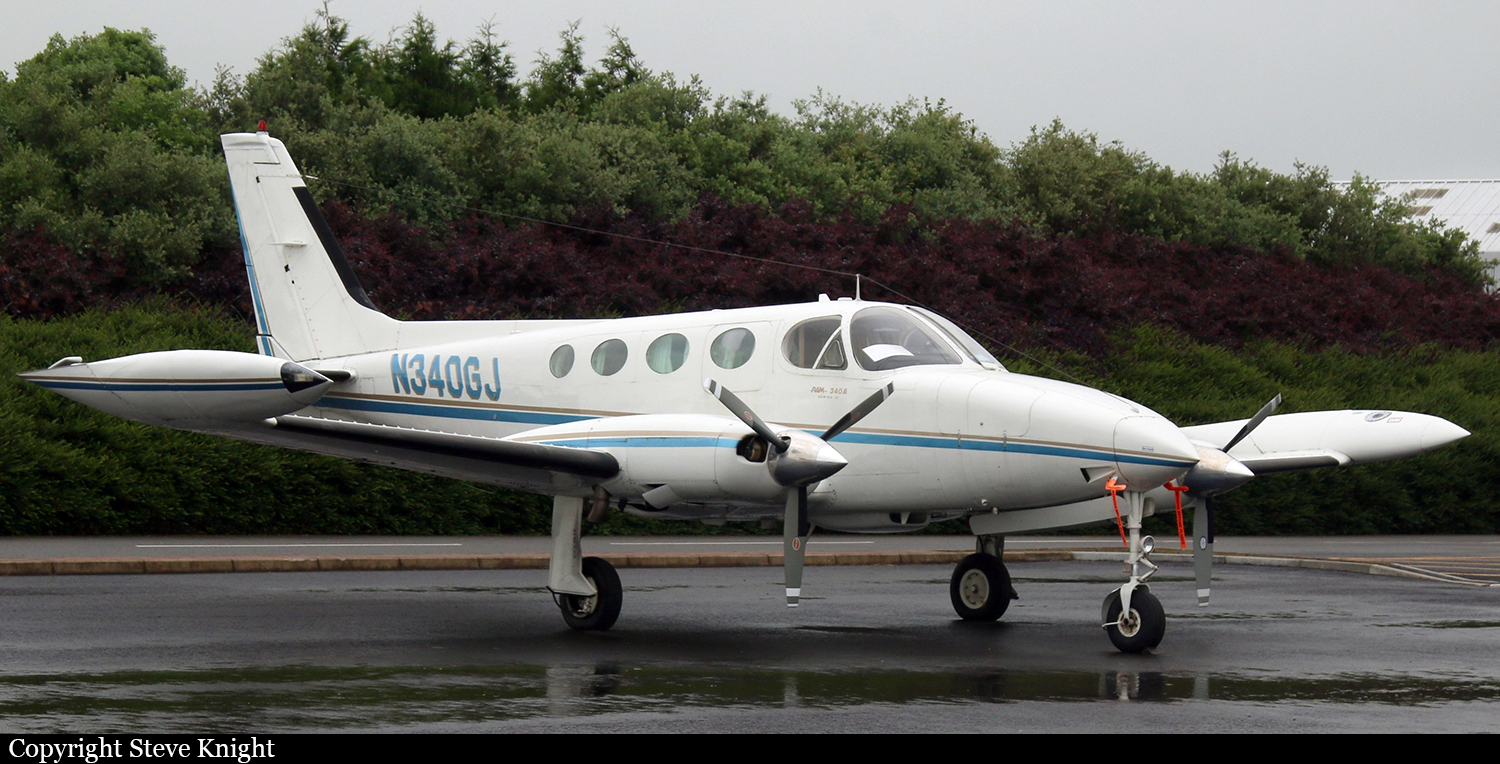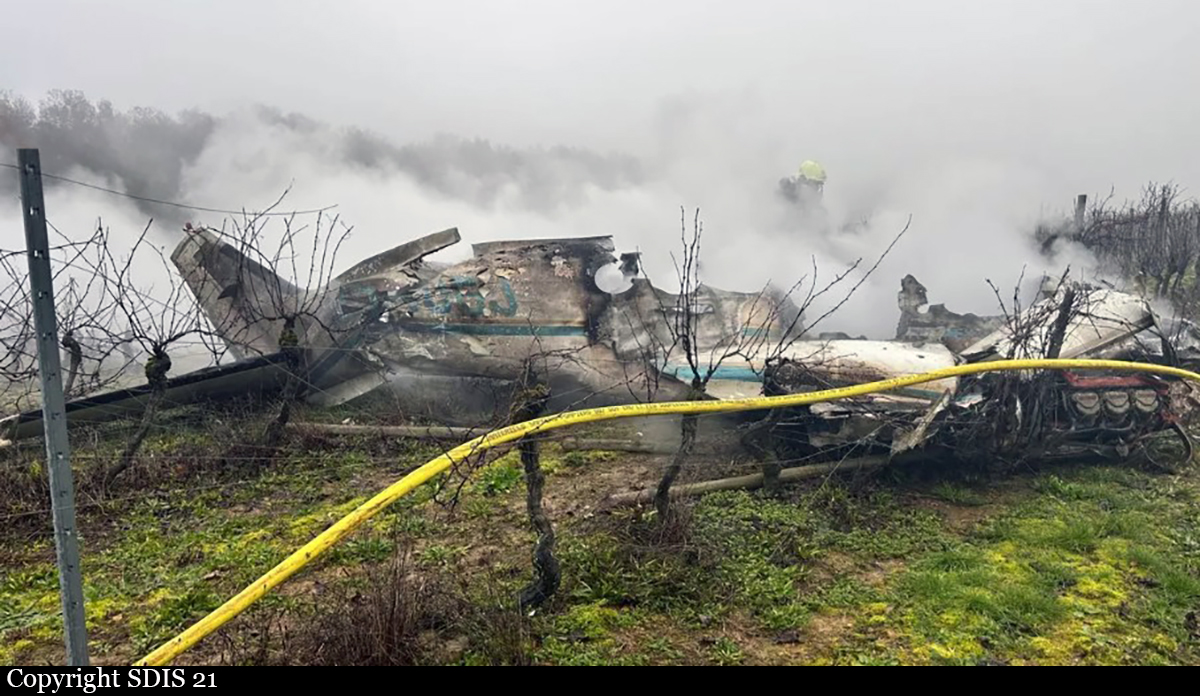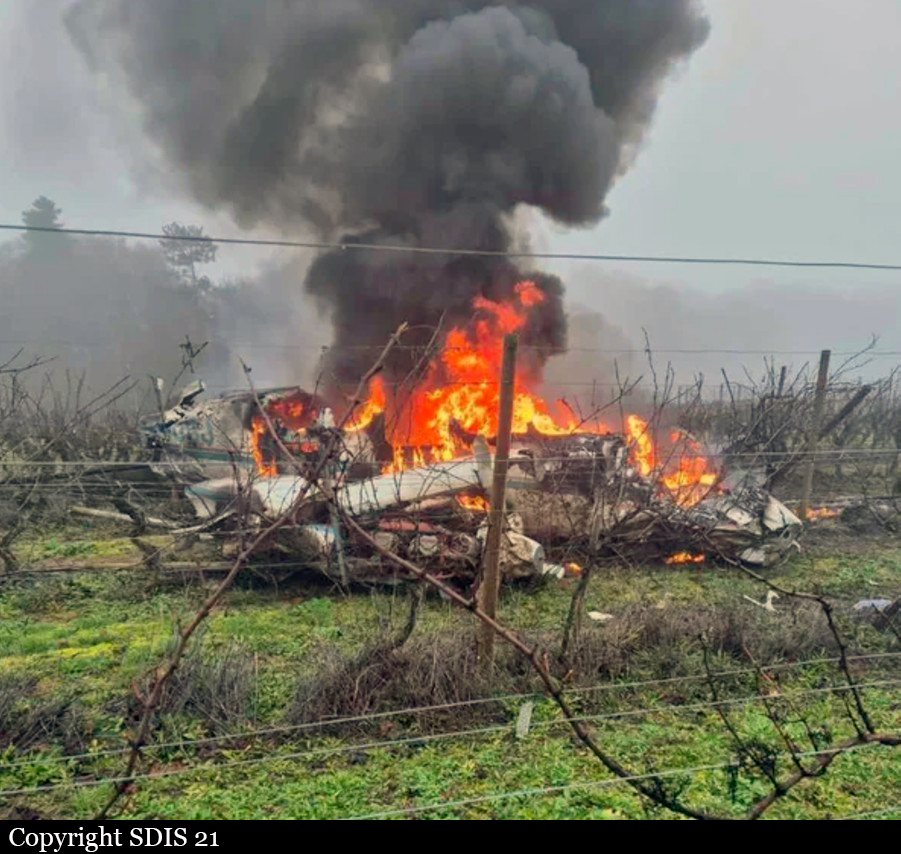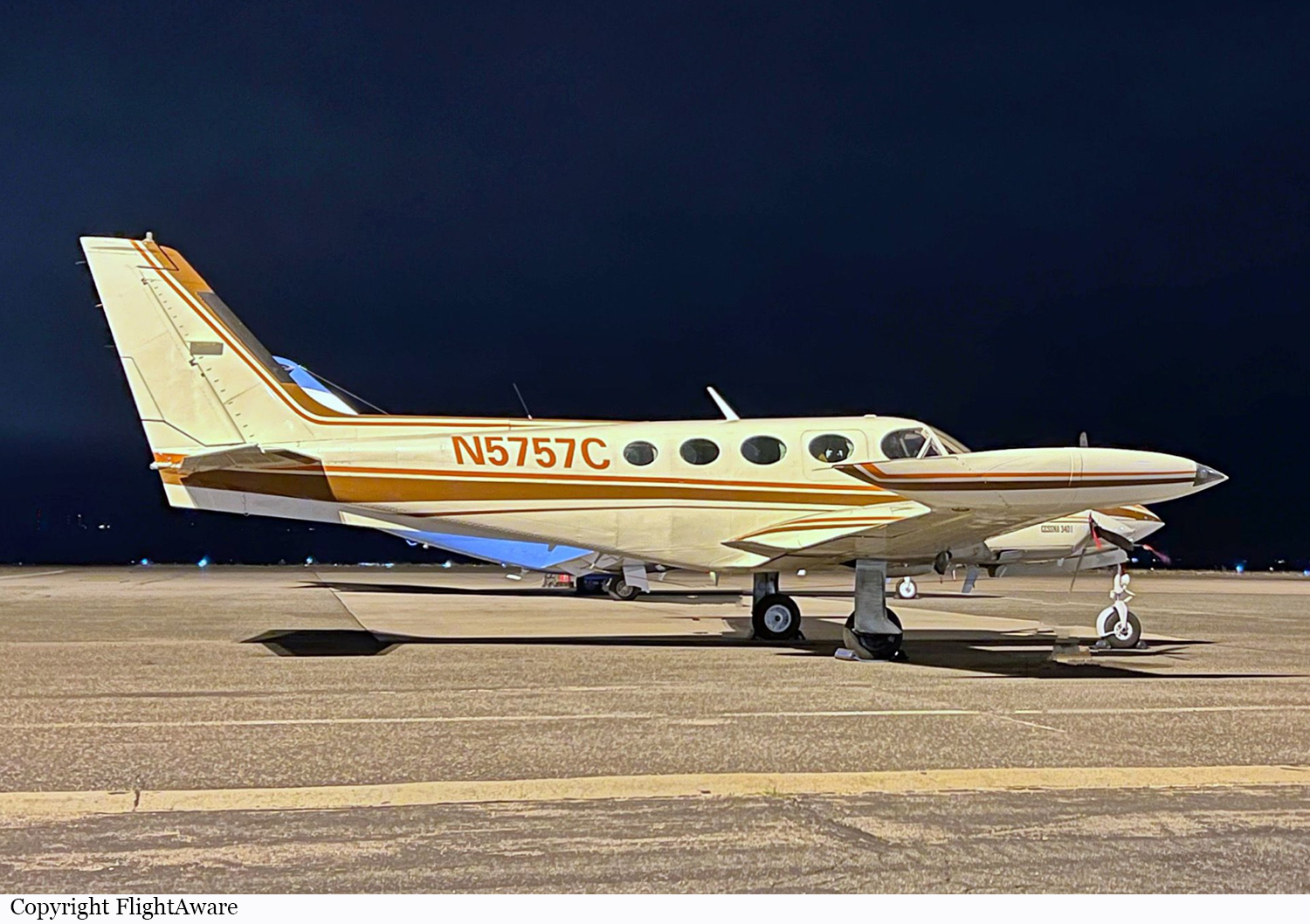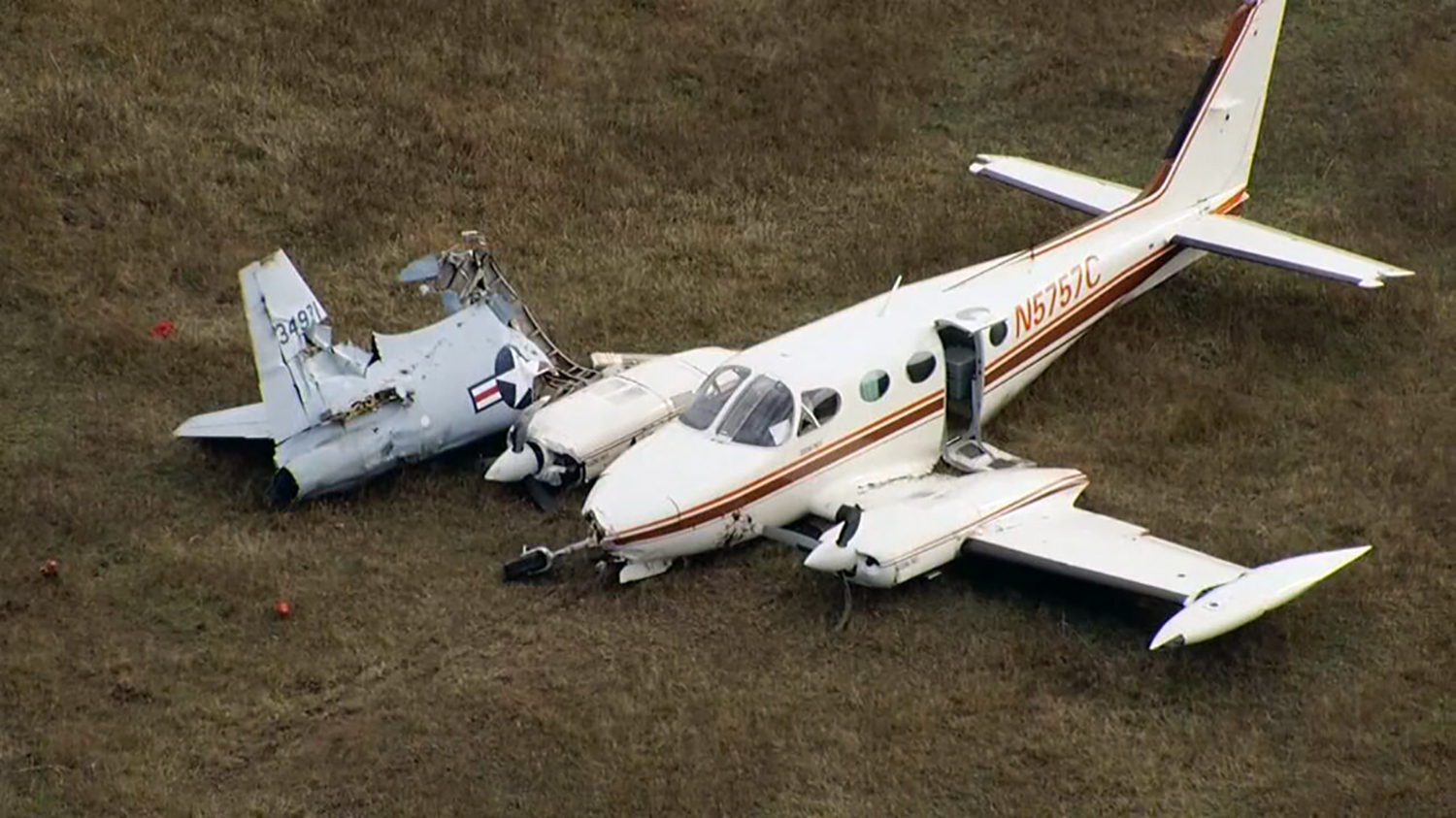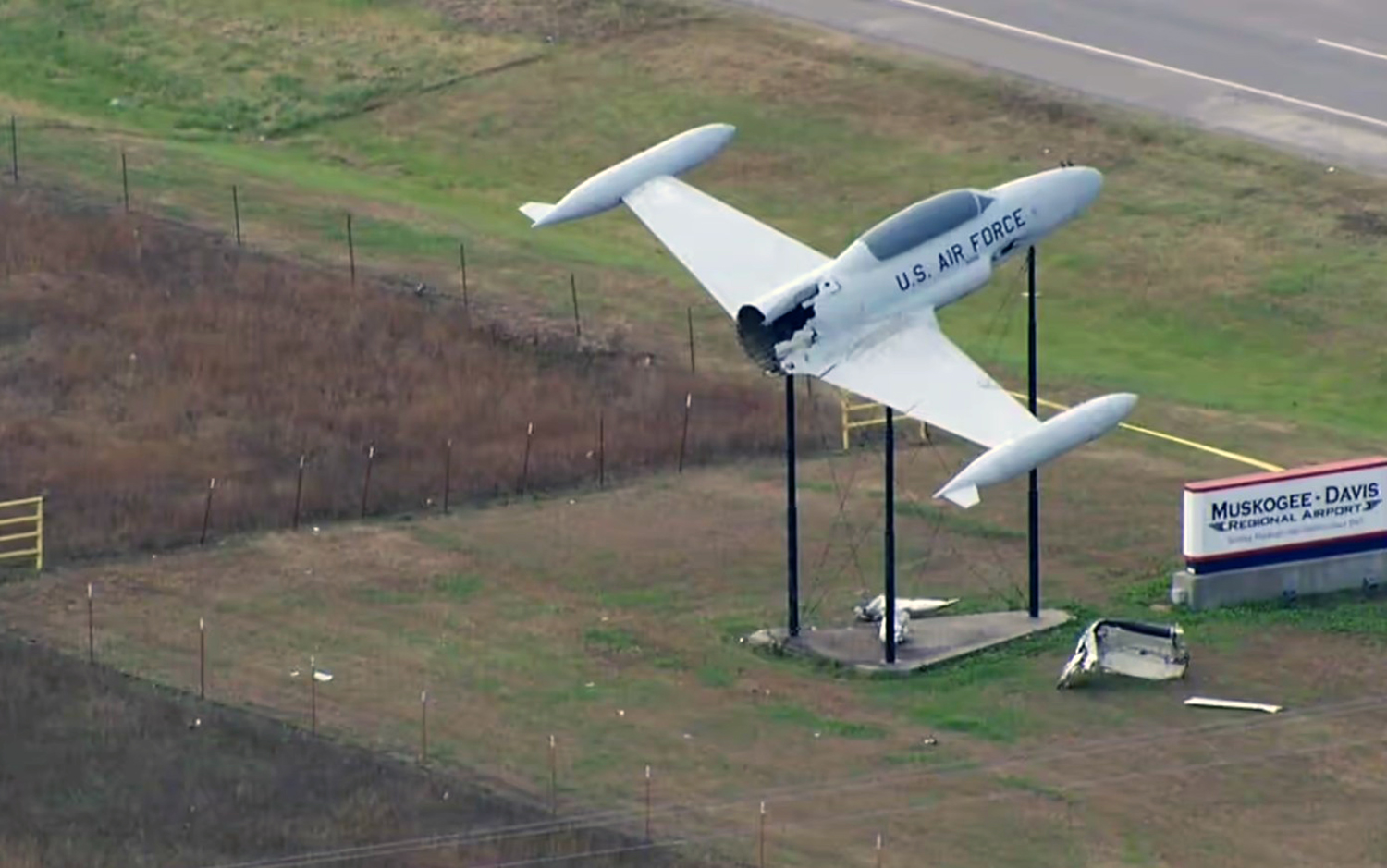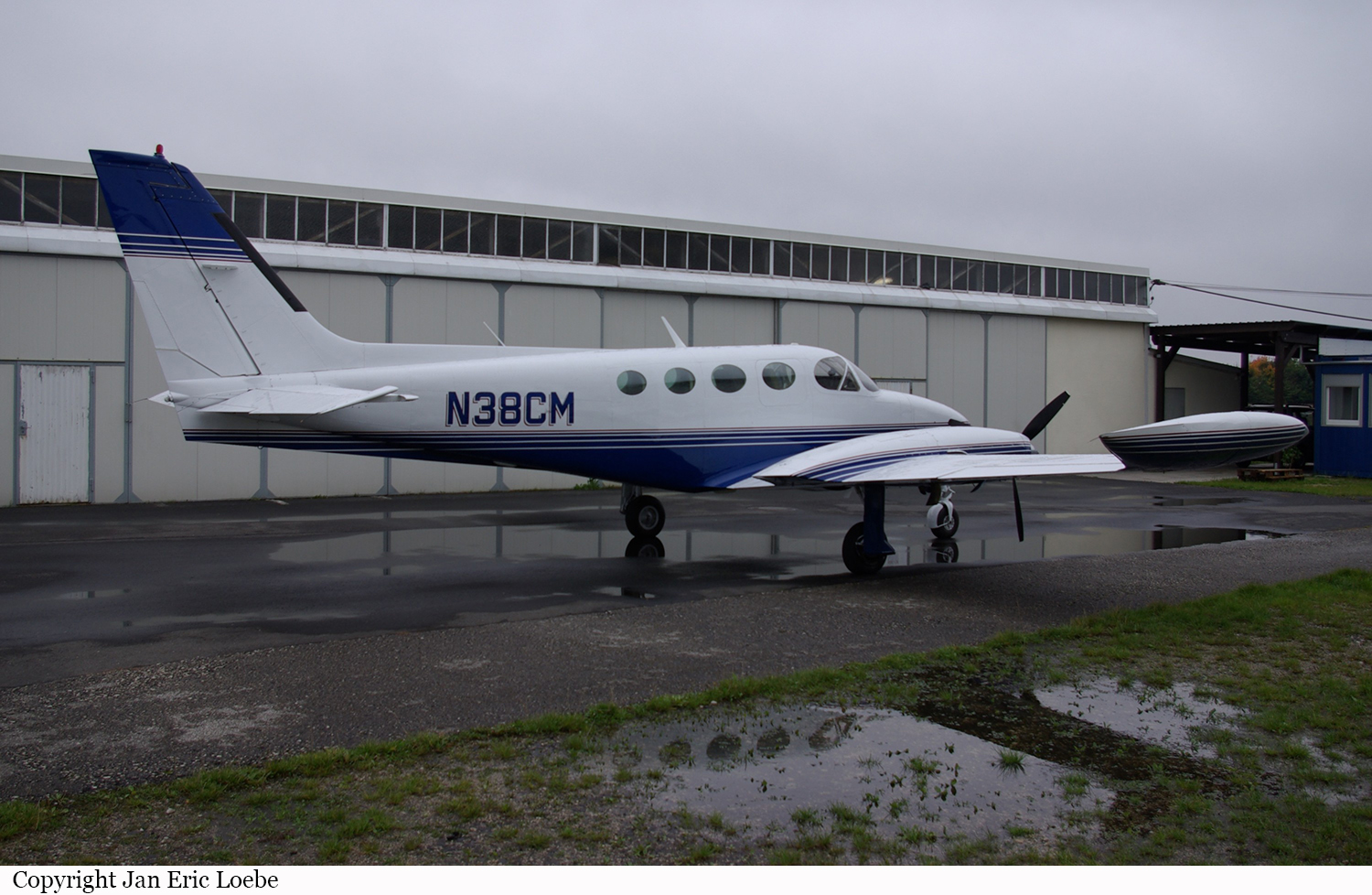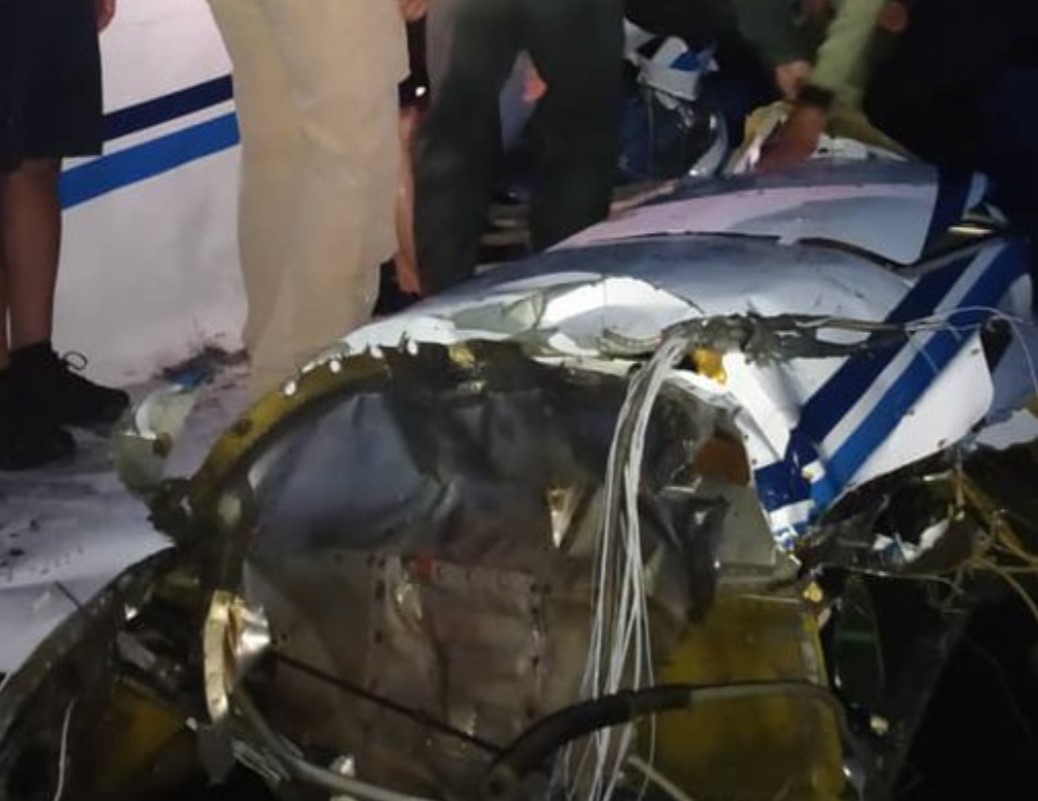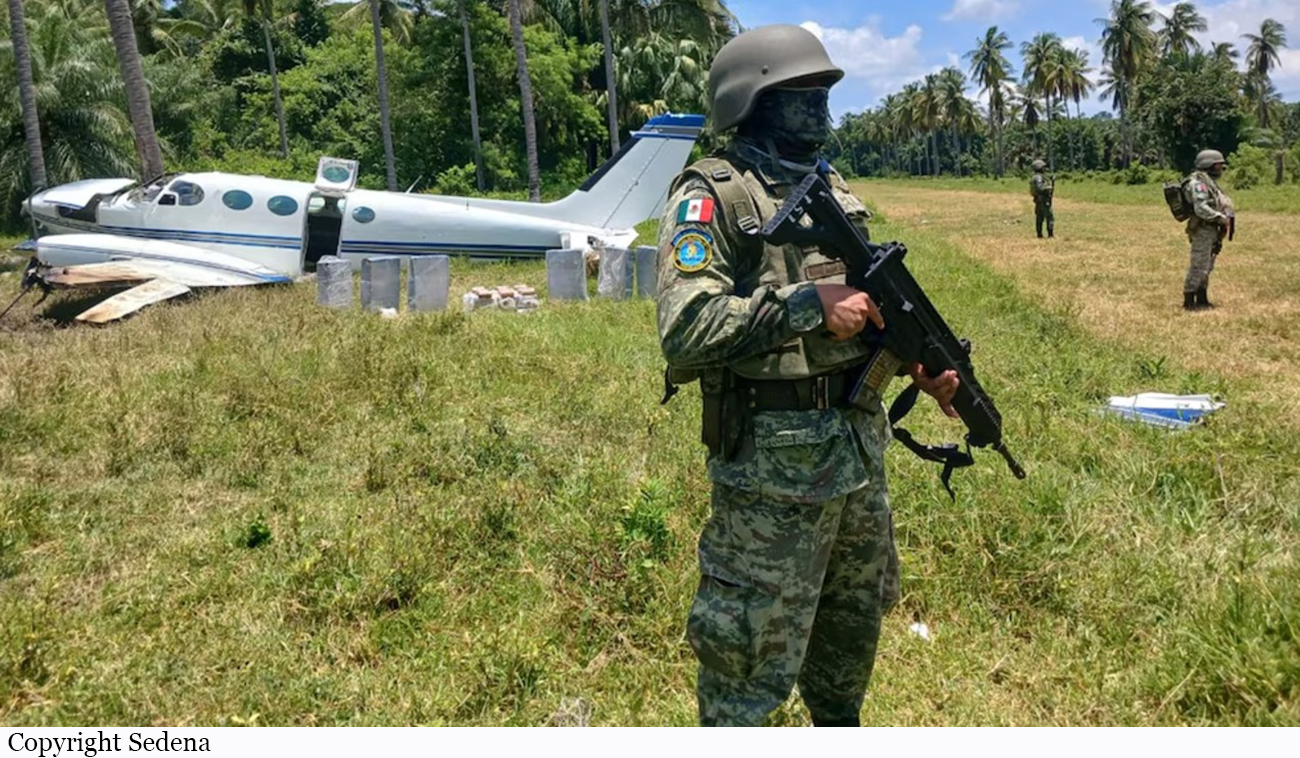Crash of a Cessna 340 in Tomball: 2 killed
Date & Time:
Sep 28, 2025 at 1212 LT
Registration:
N269WT
Survivors:
No
Schedule:
Tomball - Lubbock
MSN:
340-0104
YOM:
1972
Crew on board:
1
Crew fatalities:
Pax on board:
1
Pax fatalities:
Other fatalities:
Total fatalities:
2
Circumstances:
Shortly after takeoff from runway 35L at Tomball-David Wayne Hooks Airport, while climbing, the pilot reported technical problems and elected to return for an emergency landing. Following a right hand circuit at a max altitude of 800 feet, he completed two turns to the right and initiated a descent to runway 35L. On short final, the airplane crashed in an open field, bursting into flames. Both occupants were killed.



